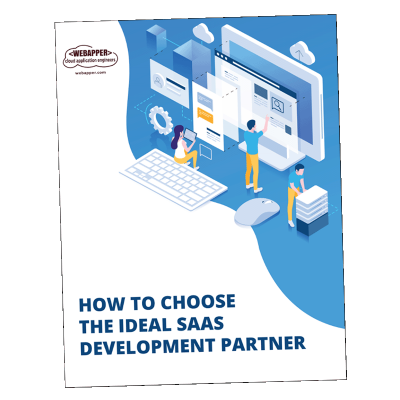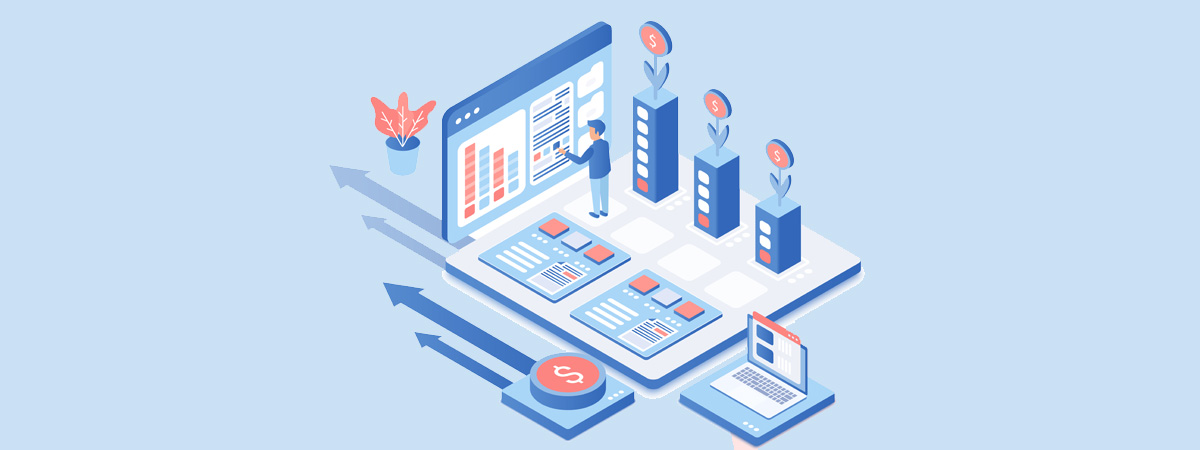Scaling SaaS
If you work in SaaS, you know that the ultimate returns come from exponential growth. If you’re lucky enough to figure out your market, it’s time to scale up. Scaling your SaaS solution requires strategic planning, a focus on sustainable revenue growth, investment in infrastructure, iteration of processes, attention to customer satisfaction, and diligent effort with security. While each of these areas are essential in establishing your SaaS foundation, their challenges and impact magnify as you grow.
Marketing & Sales
It is imperative to build a growth engine for your SaaS solution. Whether you rely on traditional sales & marketing or employ product led growth, you need a revenue model that drives and sustains your growth. As proponents of conversion rate optimization (CRO) programs, we know you have to experiment to find worthwhile messages, channels, and offers. What works for one SaaS product can fail miserably for another. As a result, experimentation is key to finding your most effective marketing & sales options (BTW, they’ll change over time too) to help scaling your SaaS. You may try new value propositions, adjust pricing, expand into new markets, or develop new feature sets.
Technical Scalability
As the user base grows, your SaaS must adjust to handle the increased load. We’ve also seen that new functionality can add stress to the infrastructure — for example, you may add new complex reports that hit the database while users are plugging away. You may need upgrades to underlying infrastructure or databases to ensure uptime and optimal performance. You may use load balancers, self-healing systems, and sophisticated DevOps to maintain everything. Technical scalability dovetails with operational scalability…
Operational Scalability
Everything becomes more complex to manage and maintain as you scale. Repeatable processes help manage deployments, monitoring, and troubleshooting, so checklists and automation are your friends. As an example, an effective DevOps workflow can save time and reduce human error, while ensuring a better user experience.
Customer Support
More customers means more onboarding and support. Your organization needs people, processes, and technology to provide effective support. You may add customer success or support staff or develop self-service support options. As we noted with customer retention, excellent support is essential for growth. With SaaS, onboarding is essential, guiding users from signup to activation to engagement.
Security and Compliance
SaaS companies typically handle sensitive data such as personal identifiable information (PII), financial data, and confidential business data. Security and compliance should be baked into design from the outset, but with growth, protecting data and systems becomes even more critical. A breach can be devastating, leading to a mass exodus of users. Scaling may require including more security measures like encryption and compliance certifications. You may even look toward zero trust.
Keys to Scaling SaaS
As your SaaS solution grows, it can capture a larger share of the market, driving revenue higher. And more growth brings the opportunity to engage with more customers to further extend reach. For scaling up a SaaS solution, you must focus on these key areas. Marketing & sales teams need to experiment with different strategies to find what works best for sustainable revenue growth. In addition, infrastructure & operations need to be able to handle increased user load and new functionality — repeatable processes and automation are essential. To be effective, customer support must guide users through onboarding to drive engagement. Security and compliance should be designed from the start and strengthened as the product grows.



Leave A Comment